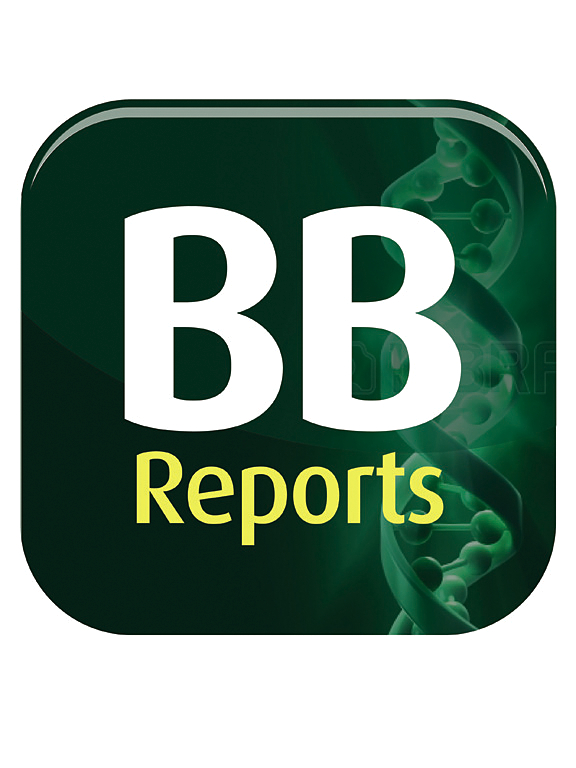Network-based analysis of candidate oncogenes and pathways in hepatocellular carcinoma
IF 2.2
Q3 BIOCHEMISTRY & MOLECULAR BIOLOGY
引用次数: 0
Abstract
Hepatocellular carcinoma (HCC) is a major worldwide health burden due to poor outcomes. Identifying dysregulated molecular circuits in HCC is critical for developing precise treatments. A systems-level approach using multi-omics data is required to reveal the intricate non-linear interactions underlying liver carcinogenesis. Both tumor and control tissues contained differentially expressed genes (DEGs). Hub genes with the strongest connection were identified as potential drivers. Protein-protein interaction (PPI) mapping verified hub connectivity. Perturbed functions were evaluated using Gene Ontology and KEGG pathway enrichment analysis. Cytoscape clustering separated the interactome into modules. Motif discovery indicated a shift in cis-regulatory logic. Expression analysis, survival analysis, and drug screening were performed on the hub genes.
Network hub gene analysis identified 11 hub genes, including DLGAP5, KIF23, KIF11, CCNB1, CDK1, BRCA1, CCNA2, SHCBP1, KIAA0101, FAM83D, and SPC25. Gene set enrichment analysis (GSEA) revealed dysregulation in cell cycle progression, DNA damage response, and metabolic pathways, and an association of these genes with reduced overall survival in HCC patients. Also, drug screening identified potential therapeutic agents targeting these hub genes.The findings increase mechanistic understanding with potential clinical applications. Future validation studies that include multi-omic data may strengthen current hypotheses and enable targeted therapy design against crucial in HCC.

基于网络的肝细胞癌候选致癌基因及通路分析
肝细胞癌(HCC)由于预后不良是世界范围内主要的健康负担。识别HCC中失调的分子电路对于开发精确的治疗方法至关重要。需要使用多组学数据的系统级方法来揭示肝癌发生背后复杂的非线性相互作用。肿瘤组织和对照组织均含有差异表达基因(DEGs)。具有最强联系的枢纽基因被确定为潜在的驱动因素。蛋白质-蛋白质相互作用(PPI)图谱验证了枢纽连通性。利用Gene Ontology和KEGG通路富集分析对扰动功能进行评估。细胞景观聚类将相互作用组分离成多个模块。Motif的发现表明顺式调控逻辑发生了转变。对中心基因进行表达分析、生存分析和药物筛选。网络枢纽基因分析共鉴定出11个枢纽基因,包括DLGAP5、KIF23、KIF11、CCNB1、CDK1、BRCA1、CCNA2、SHCBP1、KIAA0101、FAM83D和SPC25。基因集富集分析(GSEA)揭示了细胞周期进程、DNA损伤反应和代谢途径的失调,以及这些基因与HCC患者总生存率降低的关联。此外,药物筛选确定了针对这些中心基因的潜在治疗药物。这些发现增加了对潜在临床应用机制的理解。包括多组学数据在内的未来验证研究可能会加强当前的假设,并使针对关键HCC的靶向治疗设计成为可能。
本文章由计算机程序翻译,如有差异,请以英文原文为准。
求助全文
约1分钟内获得全文
求助全文
来源期刊

Biochemistry and Biophysics Reports
Biochemistry, Genetics and Molecular Biology-Biophysics
CiteScore
4.60
自引率
0.00%
发文量
191
审稿时长
59 days
期刊介绍:
Open access, online only, peer-reviewed international journal in the Life Sciences, established in 2014 Biochemistry and Biophysics Reports (BB Reports) publishes original research in all aspects of Biochemistry, Biophysics and related areas like Molecular and Cell Biology. BB Reports welcomes solid though more preliminary, descriptive and small scale results if they have the potential to stimulate and/or contribute to future research, leading to new insights or hypothesis. Primary criteria for acceptance is that the work is original, scientifically and technically sound and provides valuable knowledge to life sciences research. We strongly believe all results deserve to be published and documented for the advancement of science. BB Reports specifically appreciates receiving reports on: Negative results, Replication studies, Reanalysis of previous datasets.
 求助内容:
求助内容: 应助结果提醒方式:
应助结果提醒方式:


